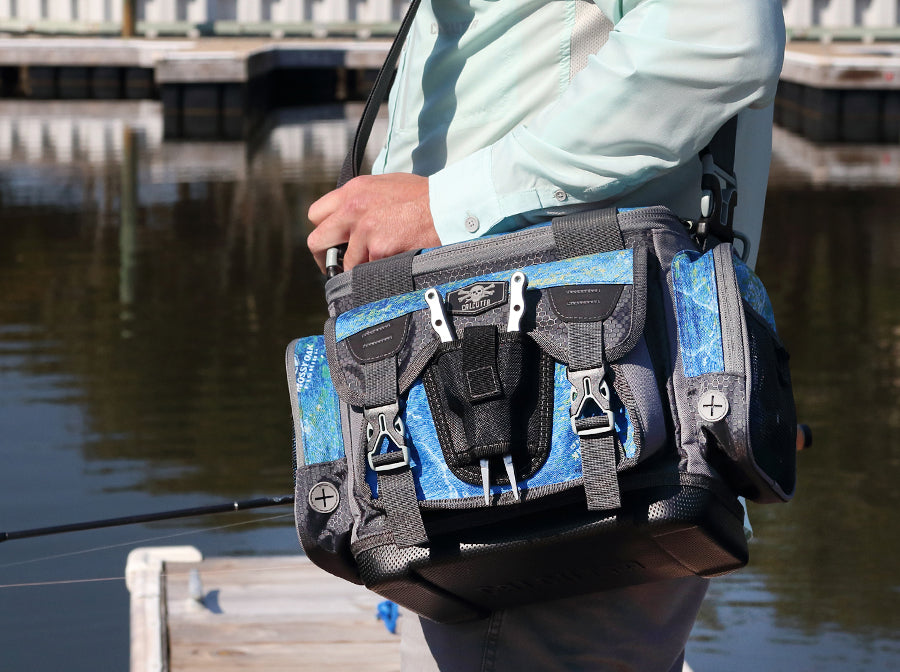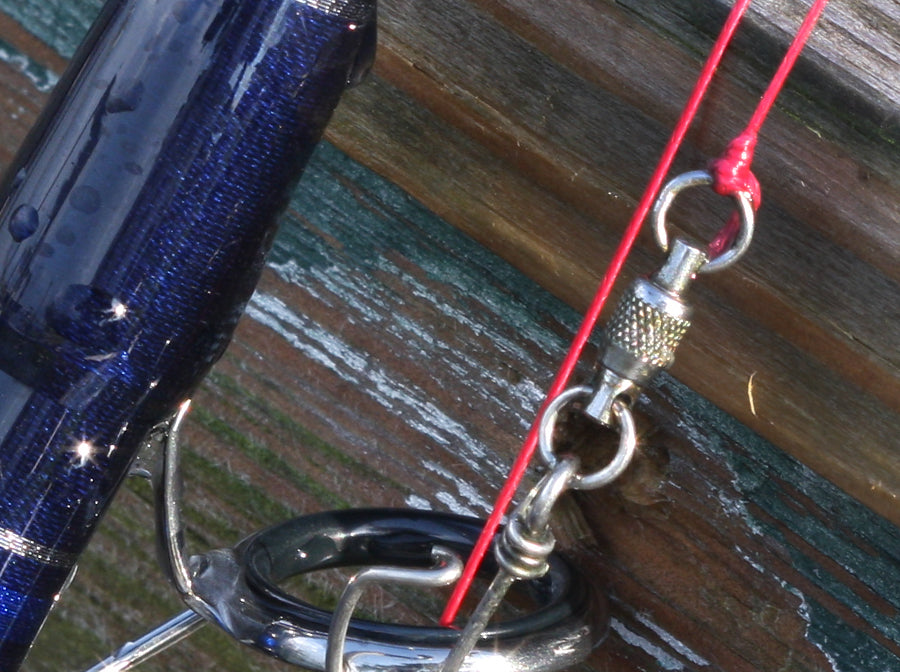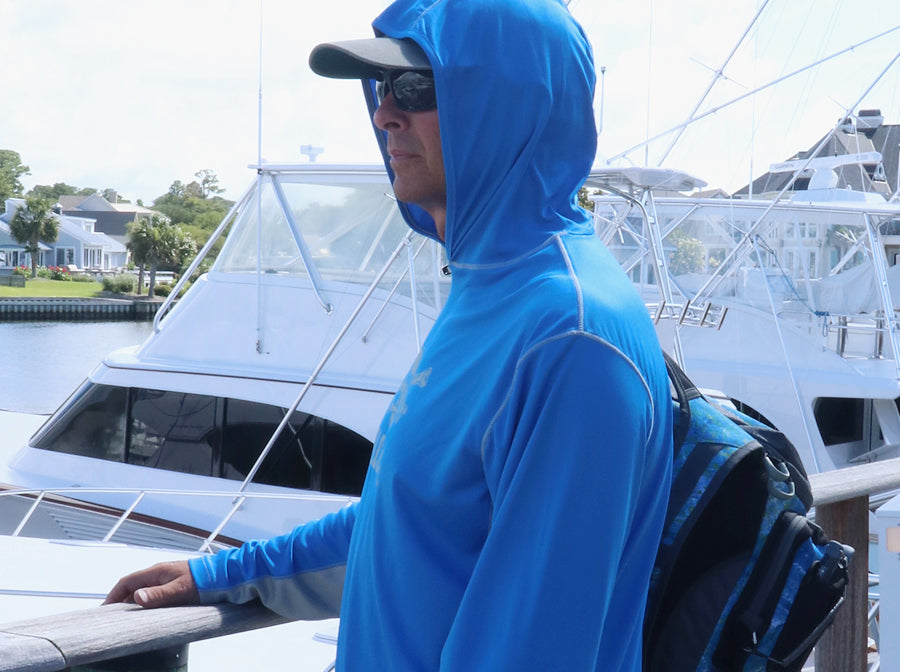Best Tackle Storage for Your Fishing Gear -
Today’s fishing tackle bags and backpacks represent a serious upgrade over grandpa’s old tackle box. Modern tackle storage systems are rugged, highly versatile and endlessly customizable. They’re designed to keep your fishing gear — hooks, sinkers, floats, pliers, fishing lures and more — organized and easy to reach when you need them. From soft-side tackle bags to innovative backpacks, there’s a broad range of options available to fishermen. So which fishing tackle bag is best for you? We created this guide to help you find the one that fits your needs.
Best Tackle Bags for Fishing
Fishing tackle bags are incredibly popular with today’s anglers. Their multiple internal and external compartments and pockets neatly organize the essentials a fisherman needs. Fishing tackle bags typically feature detachable tackle trays that are easy to customize. Grab handles and padded shoulder straps make carrying your gear to the dock or beach a breeze. Molded bottoms add strength and resist the wear and tear of travel and fishing. Soft-side bags won’t crack like some old-school plastic tackle boxes. You can toss them in your boat or in the back of your vehicle without worry. Some tackle bags include a rain cover to keep your bag and all of its contents dry in wet conditions.
Best Fishing Tackle Backpacks for Hiking, Biking and Travel
Does your trip to the water include a long hike or bike ride? Do you carry fishing gear when you travel? Then you will benefit from a fishing tackle backpack. Fishing backpacks represent the latest evolution in tackle storage. They combine the functionality of modern tackle bags with the portability of a backpack. Like a tackle bag, fishing backpacks feature numerous pockets and compartments designed for securing your fishing lures, hooks, sinkers, extra line, needle-nose pliers and other fishing accessories. Backpacks also offer storage space for all that other gear that you need while fishing—electronics, a rain jacket, water bottle, snacks and more. Most fishing tackle backpacks are equipped with universal tackle trays, which make customizing your tackle a cinch. Look for thick, padded straps that will help you comfortably shoulder the load.
Tackle Trays for Fishing and Storage
Most fishing tackle bags and backpacks utilize tackle trays. Tackle trays allow you to easily organize and customize your pack. Their individual compartments are designed to hold terminal tackle, fishing lures and more. Adjustable dividers help you separate hard baits from soft plastics, sort your hooks and sinkers and more. See-through construction lets you quickly find the tackle you need. Common sizes are 3500 (9" x 5" x 1"), 3600 (11" x 7" x 1.5") and 3700 (14" x 8.5" x 2"). Look for trays that feature durable hinges and latches that will keep the lid secure.
Bait Binders for Soft Plastics
Bait binders help you separate and store soft plastics and other artificial fishing baits. Similar to a school binder, bait binders feature clear storage sleeves attached to locking rings inside a durable protective case. They can be used alone or in conjunction with a tackle bag or backpack. Additional sleeves can be added to bait binders to maximize storage and then easily removed.
Lure Wraps Provide Protection
If you prefer to leave your lure tied on the line when you’re not fishing, then you need a lure wrap. Lure wraps protect your fishing rod from damage by anchoring the lure to the rod. They also prevent a lure’s sharp hooks from accidentally snagging unintended objects and people. The wrap’s flexible fabric covers the lure and secures it to the rod using a hook-and-loop fastener. Some wraps feature a clear window that allows you to see the lure inside, which is especially useful when fishing with multiple rods.
Fishing Tackle Storage FAQs
Here are answers to frequently asked questions about tackle boxes and storage.
What is a fishing tackle box?
A fishing tackle box is a container designed specifically to transport and store fishing tackle. Fishing tackle boxes and bags include trays and compartments for organizing and sorting terminal tackle and other fishing accessories.
What do you put in a tackle box?
Fishermen carry an assortment of fishing tackle and accessories in a tackle box. This includes a variety of fishing hooks, sinkers and lures. Anglers will also carry fishing tools, such as needle-nose pliers, a fillet knife and knife sharpener, in their tackle box.
What should be in a beginner’s tackle box?
Beginners should fill a tackle box with fishing essentials, such as hooks, bobbers and fishing weights designed for the type of fishing they wish to try. A beginner’s tackle box should also contain fishing lures and baits, such as fishing jigs, spoons, hard baits and soft plastics. Tackle box kits can provide beginners or a child with a chosen assortment of lures. Sharp-nosed pliers are a necessity for removing hooks, and they help with making and repairing fishing rigs. Beginner tackle boxes should also include a knife or clippers for cutting fishing line. Novice fishermen and fisherwomen should visit a local bait and tackle store. Fishing tackle retailers are the experts when it comes to anything related to fishing. They will be happy to share their knowledge and provide trusted advice. Best of all, local tackle shops stock everything needed for fishing.
What should a beginner take fishing?
Beginners should take an assortment of fishing tackle and tools. The selection varies depending on the fishing category, method and the target species. For example, freshwater fishing and saltwater fishing require different types of tackle and accessories. Fly fishing, bottom fishing and trolling are various fishing techniques that require specialized equipment and tackle. We’ve created some how-to guides in our Resource Center to help get you started. Don’t forget to visit a local bait and tackle store to learn more.
What is the best way to store fishing hooks?
Fishing hooks are best stored in a secure container or compartment inside a fishing tackle bag or pack. Fishing hooks come in many different sizes and configurations, including single hooks and treble hooks. Hooks should be sorted according to shape and size.
How do you store large fishing lures?
Large fishing lures can be stored in tackle trays that have removable dividers. Large fishing lures can also be stored in bait binders.





